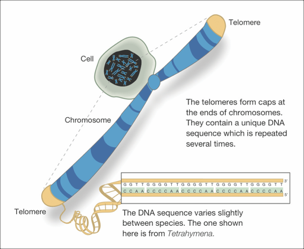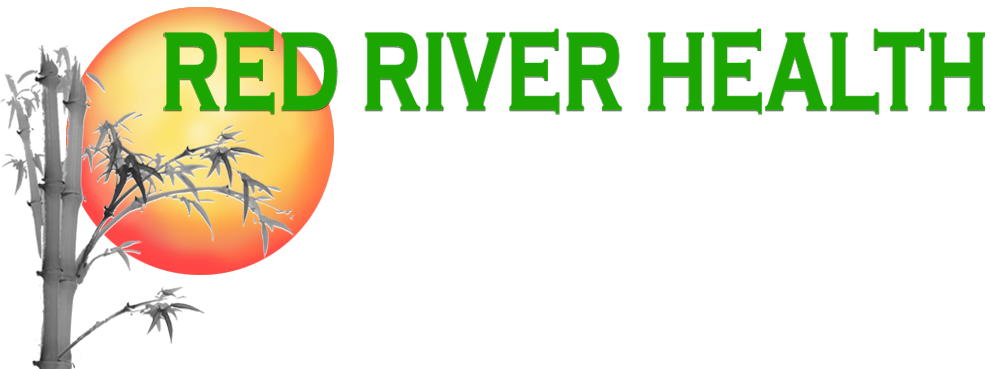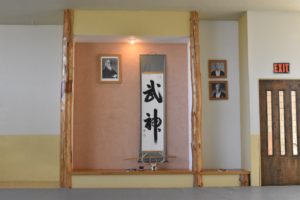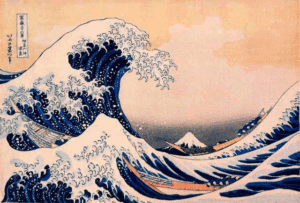Robert Angotti, Lic. Ac., Herbalist
All of our lives are a bit altered right now but there may be no better time to make a case for regular exercise. Prior to the epidemic, I had been researching longevity therapy. Chinese medicine has a rich tradition of enhancing the body’s functions in order to promote longevity and vitality. Meanwhile, western science is unveiling more of the molecular biology beneath that mysterious ancient wisdom. I will outline this in more detail below and in future articles but the first point I want to highlight is that exercise is one of our most vital medicines and if dosed correctly, it can help to reverse chronic diseases, enhance vitality and prolong life.
“When researchers studied the telomeres in the blood cells of thousands of adults with all sorts of different exercise habits they saw a striking correlation. Those who exercised more had longer telomeres.” ~Lifespan, Dr. David Sinclair

Longer what? Telomeres are the “endcaps” of our DNA. They act to hold our DNA strands intact and when cellular division is occurring, the DNA is duplicated but the telomeres aren’t. This means that they become smaller with each cellular division. Eventually, without the “endcap” to hold the integrity of the strand together, chromosomal integrity is lost. This means the cell is dysfunctional and begins to die. Interestingly, we now know that acupuncture points such as Zu San Li (St.36) have the capability of “lowering cancer cell telomere(s) while increasing normal cell telomere(s)”. Additionally, in a study published in 2017 indicated that individuals that jogged for about 30 minutes, 5 days a week “had telomeres that appeared to be a decade younger than those who live a more sedentary life.” ~Lifespan, Dr. David Sinclair
So, if exercise is medicine for enhancing vitality and longevity, if exercise can slow the degenerative cellular patterns that lead to disease and death, what’s the dose?
First let me take a minute to reframe this in Chinese medical terms. In Chinese medicine, we emphasize the importance of the liver and its relationship with blood. But, why am I putting those words in italics. Fundamentally, I do this because the ideas of “liver” and “blood” are like many ideas in Chinese medicine, they are more a representation of specific physiological processes than they are descriptions of anatomical structures. I could write about this for hours but for now I am asking readers to appreciate the idea that some of the descriptions we use in Chinese medicine deal more with a summary of the parts and their interactions and less to do with specific structures. Although the terms used are the same, the meaning behind those terms is different.
At any rate, the liver and its relationship to blood has always struck me as important when it comes to appreciating the value of exercise. In Chinese medicine we say that the liver is responsible for the “free flow of energy” in the whole body. Much like a system of streets and intersections requiring lights and signs to regulate the flow of traffic, the liver is constantly engaged in the process of regulating physiological activity throughout the body. Meanwhile, blood is the medium through which regulation and subsequently nourishment of the tissues happens.
But when we are at rest much of that blood is housed in the liver. Meanwhile, stress starts to disrupt the normal flow of energy by stagnating the liver qi (energy). When we exercise however, the blood flows to the major muscle systems of the body re-engaging all of those regulatory and nourishing pathways.
I find it interesting that the symptom that is most common for anyone experiencing stress is frequent sighing. It will be hard to ignore now, but pay attention today to the number of times you take a random deep breath. That is sighing, and it indicates our liver qi is stagnant. A deep breath helps to move the stagnate liver qi by engaging the lungs. We have been wired through evolution to react physically when stressed. The body is ready to go because throughout most of our evolutionary history the greatest threat was something else that wanted to eat us. That instinct to run for our life is known as “fight or flight”. Although the body is ready to engage the big muscles and the lungs when we feel stress now, we are probably busy behind a keyboard, or the wheel of a car, or in some agitating conversation. We can’t engage the body, we can’t exercise at that moment so the normal regulatory systems are not engaged and the lungs call out for some intervention…sighhhh!
Exercise can and should be that intervention, Engagement of the big muscles and the lungs can be the gauges we read in order to evaluate the quality of that exercise. Some level of adversity is required in order to engage the regulatory mechanisms and turn on what Dr. David Sinclair calls “longevity genes”. Stay tuned for the next section of this discussion where I will talk about proper exercise dosing and more reasons why it is so important.
We love your comments! Please understand that they may be published publicly. If you would like us to keep your comments private, please let us know in the comment itself. You are also welcome to contact the clinic directly by email. Thank you!





Thank you for writing this article. It is very easy to read and understand. Very useful information.
Good positive information- thanks for sharing this.